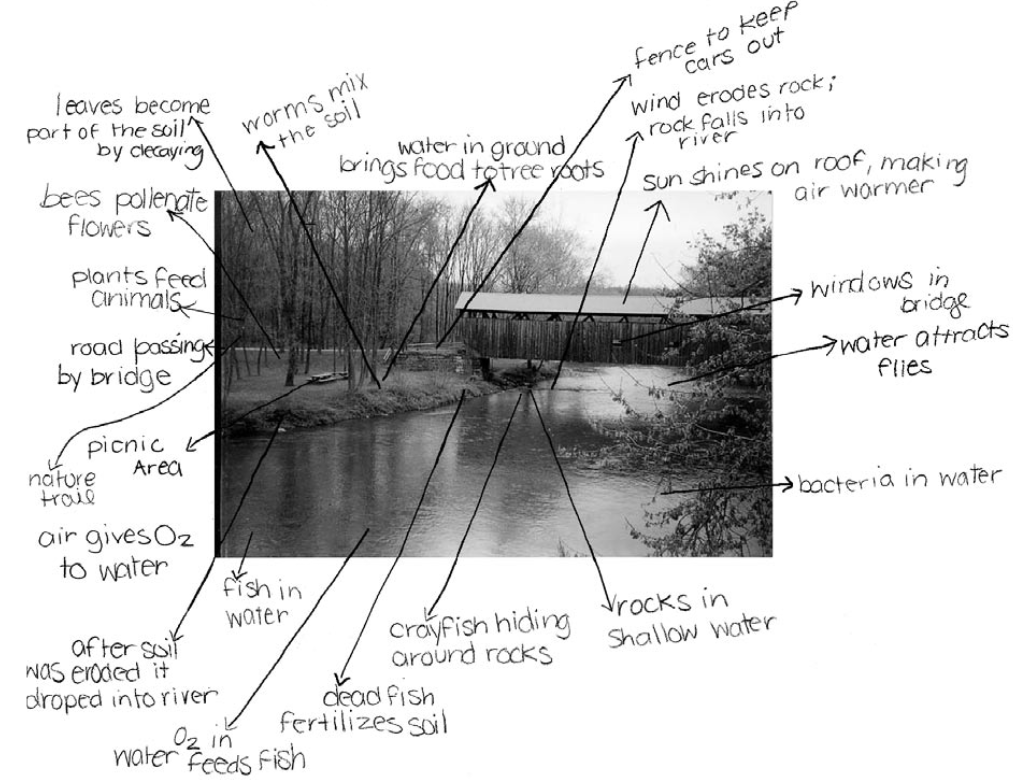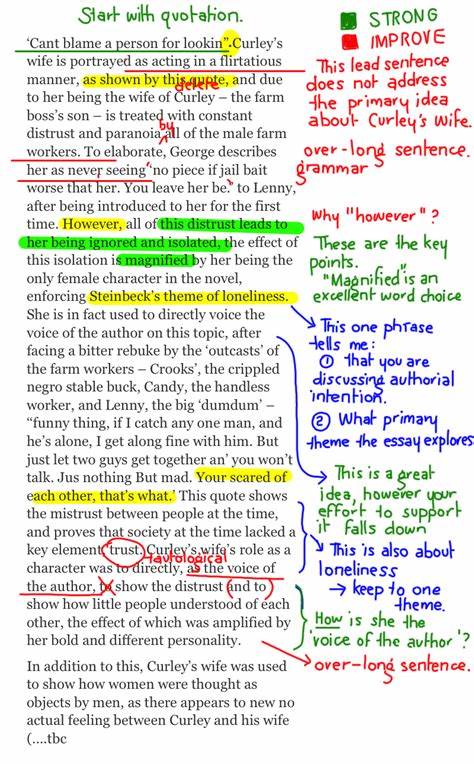Are you tired of searching for the perfect annotated image dataset for semantic segmentation? Look no further. This step-by-step guide will walk you through creating your annotated image dataset from scratch.
Whether you are a student, researcher, or data scientist, this guide is perfect for anyone who wants to build a quality dataset for their semantic segmentation project.
We will cover everything from selecting the right images and annotation tools to creating and exporting annotations in the desired format. So, please grab a coffee and start creating your annotated image dataset.
Overview of Annotated Image Datasets

Image datasets are an essential element in machine learning and computer vision research. The annotated image dataset plays a vital role in training models to identify and understand image features. Annotated image datasets are collections of images labeled with descriptive tags, such as text labels, bounding boxes, or segmentation masks.
These tags provide information about the objects, locations, shapes, and sizes of the features in the images. With the help of annotated image datasets, machines can extract features from the pictures and use them to understand and recognize patterns.
This capability is used in object detection, facial recognition, self-driving cars, and medical imaging applications. Hence, annotated image datasets are crucial for creating robust and accurate machine learning models to interpret images accurately.
Image datasets are a fundamental part of computer vision research and development. They are collections of images that are used to train machines to recognize objects and patterns. These datasets are incredibly valuable for training computer vision algorithms, as they comprehensively understand what objects look like and how they can vary in appearance.
By exposing algorithms to various images, they can learn to recognize objects in all lighting conditions, angles, and resolutions. Image datasets are often used to classify images, find objects, and split up images. Without a large and varied dataset, these algorithms may not be as accurate as they could be. To make progress in computer vision and how it can be used in the real world, it is essential to have access to high-quality, diverse image datasets.
In addition to the things already mentioned, image datasets have been shown to help machine learning algorithms improve. With more and more people wanting more accurate and efficient computer vision models, extensive and varied image datasets are crucial to improving these systems.
Annotated image datasets, in particular, provide invaluable insights into object recognition and detection, which are crucial in many applications. As such, the availability of high-quality image datasets has become paramount in computer vision since they can significantly impact how well a model performs in real-world scenarios.
Having access to annotated image datasets, developers and researchers can create more accurate models of computer vision that can be applied in various real-world scenarios, from medical diagnostics to facial recognition systems.
Benefits of Using Annotated Image Datasets for Semantic Segmentation
Annotation is vital to building an image dataset for machine learning, essential for accurate results. Annotating an image means adding labels, bounding boxes, and other data. -This gives the image the information it needs to classify the different things in it. Semantic segmentation is a complicated process that depends a lot on image annotation.
It involves breaking up different objects in an image into separate segments and labeling them with the proper names. Creating annotated datasets that can help advance fields like autonomous driving, medical imaging, and facial recognition requires accurate and detailed image annotation. Therefore, it is essential to invest in high-quality annotation tools and train professionals to ensure the success of image dataset creation for machine learning.
Lastly, we can see how annotated image datasets have changed the field of deep learning by making it easy to train models quickly and accurately for tasks like detecting objects and dividing up instances. By providing a lot of labeled data, image datasets have cut down on the need for manual annotation, which can take a long time and make mistakes. As a result, deep learning models can now learn complex patterns in images and make more sophisticated predictions than ever before.
Therefore, businesses and researchers must recognize the importance of investing in high-quality image datasets to ensure the optimal performance of their deep learning algorithms. Ultimately, image datasets will continue to play a critical role in advancing the frontiers of machine learning and artificial intelligence.
Best Practices for Creating an Annotated Image Dataset

You need an accurate and complete set of images to train models that get the desired results. Annotated images are an essential component of this process as they help to identify and classify specific objects, features, or characteristics within the dataset. However, creating such a dataset requires excellent attention to detail and best practices to ensure its effectiveness. It is essential to include all relevant details in each annotation and ensure they are accurate.
-This can be done by checking and double-checking the annotations as they are created to ensure that they are aligned with the project’s specific goals. By following these best practices, you can make a high-quality image dataset that gives machine learning models a solid base for getting accurate and meaningful results.
When working with an image dataset, choosing an annotation tool is critical to ensure the accurate labeling of objects. The complexity of the annotation tool depends on the dataset’s complexity. If dealing with a natural scene dataset with numerous objects and complex backgrounds, a more advanced annotation tool is necessary to handle the complexity.
On the other hand, if you are working with a more specific image dataset, a less complex annotation tool may be enough. When selecting an annotation tool for image datasets, it is essential to consider the types of objects to identify.
A careful assessment of the dataset’s complexity and the annotation tool’s capabilities ensures that objects are labeled appropriately. Without proper labeling, image datasets become useless for identifying and classifying objects, undermining the entire purpose of using image datasets.
Next, for machine learning applications to work well, they need a set of images that are well-organized and consistent. It is essential to take the time to look over each annotation and make sure they are all the same. Doing so will help improve accuracy in your models’ training and testing phases.
Also, providing background information like labels or categories will make it easier to tell the difference between different things in the same image, leading to more robust and reliable operation. The field of machine learning continues to grow, and creating high-quality image datasets will remain a critical step toward effectively leveraging these technologies.
Gathering Appropriate Images for Your Annotated Image Dataset
Assembling an image dataset is a meticulous process that requires careful consideration of several vital factors. One such factor is the quantity and quality of images gathered. When creating an annotated image dataset, you should collect many images covering various categories or labels. However, more than simply having a vast selection of images is required.
Each image’s quality must also be considered to ensure enough detail and clarity to aid learning and understanding. A high-resolution image with appropriate lighting makes the annotation process more accessible. It ensures that the machine learning algorithms can accurately recognize and differentiate between the different categories. Therefore, when building an annotated image dataset, focusing on quantity and quality is crucial to producing an effective and reliable dataset.
When building an image dataset, one crucial step is to double-check any images you collect manually. It’s imperative to ensure that the images do not contain any inappropriate content before adding them to your dataset. -This is because inappropriate images can have serious consequences, such as offending or disturbing audiences. Therefore, thoroughly looking through every image is essential to avoid including photos featuring offensive or disturbing material.
-This step could improve your project’s accuracy and reliability because the image dataset’s quality can affect how well machine learning algorithms or computer vision models work. Reviewing your image dataset could improve results and help you reach your research goals.
Also, to build and train AI models that give accurate results, you must ensure that your image dataset is accurate and reliable. How well the AI model can spot patterns and make predictions depends on how good the dataset is. Therefore, reviewing and labeling images in the dataset is critical in ensuring that the AI algorithm receives accurate training data.
With a well-organized and labeled image dataset, AI models can learn and make predictions based on accurate data, making them more accurate and valuable in the real world. You can’t say enough about the importance of putting time and effort into making and curating an accurate and reliable image dataset.
Labeling Your Images for Semantic Segmentation

To make an accurate image dataset, you must work hard and pay close attention to the details. One critical step in this process is labeling images for semantic segmentation. This technique involves dividing images into different segments and assigning a label to each segment based on its properties. Ensuring that the labeling is accurate is crucial, as errors can significantly impact the model’s performance.
Therefore, the labeling process requires careful attention to detail and quality control measures to guarantee the reliability of the image dataset. In summary, the accuracy of an image dataset depends heavily on the precision of the labeling process, which ultimately determines the model’s effectiveness.
On the other hand, creating an accurate and complete image dataset is vital to many computer vision applications. One essential step in this process is labeling each object in the images with pixel-accurate labels. Tools like LabelImg or VGG Image Annotator can simplify this process and ensure each label is put on correctly.
Also, these tools can create a hierarchical structure of labels, which can help organize the dataset and make it easier to use. Having a carefully labeled and organized image dataset can make computer vision models more accurate and efficient, which can help the project as a whole succeed.
Sharing and Optimizing Your Annotated Image Dataset

When sharing your annotated image dataset, there are specific steps you need to take to optimize the data for others to use effectively. To begin with, proper organization is critical; the dataset should be arranged clearly and consistently in a way that makes sense to others working with the images.
This organization applies to the images and their annotations, which should be accurate and helpful to anyone using them. In addition, you should eliminate any irrelevant or redundant images from the dataset. Doing so will reduce clutter and help others focus on the most valuable data. By following these steps, you can ensure that other researchers or developers optimize your image dataset for maximum effectiveness and usability.
Optimizing image datasets is essential to ensure the data is organized and easy to use. One way to optimize your dataset is by carefully labeling the images. Thinking about the best way to categorize the images and group them efficiently is essential.
-This can be done by sorting them based on specific characteristics such as color, size, and shape. Additionally, consider how you will present the annotations and which format would benefit others using your dataset most. Choosing the suitable annotation format will make the dataset more accessible, making image recognition more straightforward and faster. Taking these measures ensures that your image dataset is well-structured, labeled accurately, and will help maintain data quality for future use. Annotated
Besides providing high-quality images, creating a comprehensive and well-documented image dataset is crucial to its success. Ensuring your dataset is usable by including additional documentation explaining data format, labeling conventions, and annotation formats is paramount.
-This will enable researchers and other users to make the most of the data and obtain accurate and meaningful results. Ultimately, the success of an image dataset depends on making the data as accessible and user-friendly as possible. Therefore, providing precise and detailed documentation is essential for maximizing the usability of your dataset to advance research and innovation in image analysis. Annotated
Conclusion
Putting together an image dataset with annotations for semantic segmentation takes planning and attention to detail. With the help of the steps outlined in this guide, you can create a quality dataset that meets your project’s requirements. Make sure you pick the right images, use the right tool, and follow best practices for annotation. With these tips in mind, you’ll be well on your way to building a valuable resource for your semantic segmentation project. Happy annotating! Annotated.
